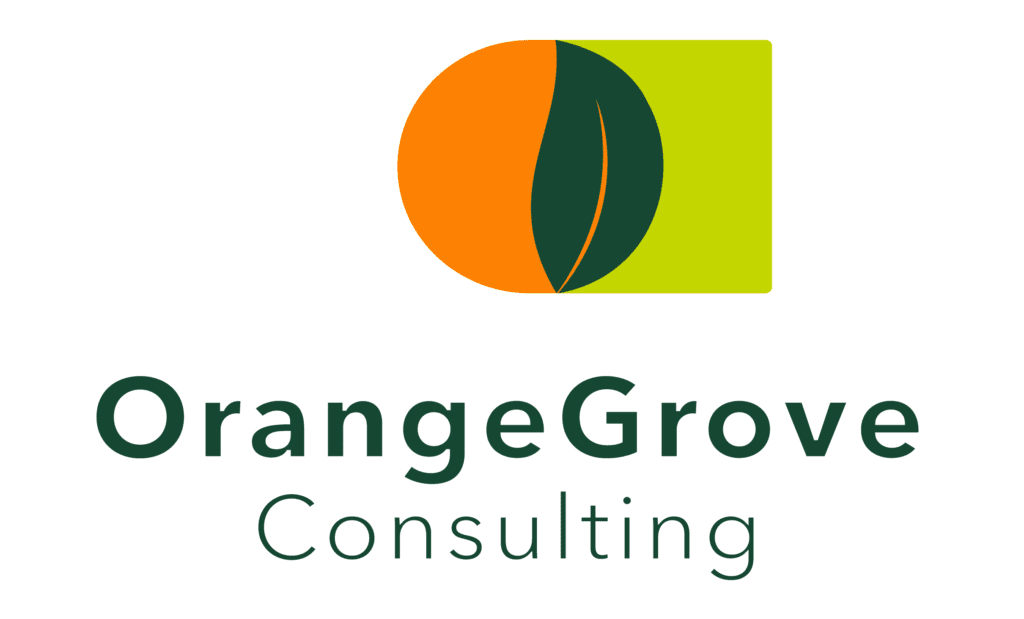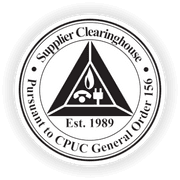By Daffany Chan, featuring Neli Fanning
More than ever, corporations across the country are waking up to the call to tackle systemic racism and ensure that their workforces are more diverse and inclusive. But what does a corporate anti-racist strategy actually look like? There’s no one-size-fits all approach, but one thing’s for sure: Anti-racism needs to be an intentional focus. With more demand for equitable communities as well as bottom-line-business benefits at stake, now’s the time to take action to address corporate racism.
Many businesses may kick off a diversity initiative — setting new anti-discrimination policies, posting a BLM policy on their website or implementing recruiting quotas — but fail to see long term results. That’s because workplaces are usually riddled with unseen biases in subjective processes that must be addressed through objective frameworks. One of Orange Grove Consulting’s senior facilitators and consultants, Neli Fanning, has been running highly successful workshops on Anti-Racism that train leaders to examine their systems through a standardized lens. Now more than ever, organizations must “intentionally make the space for diversity and inclusion,” she shares. “But achieving equity first requires some preliminary work to identify imbalances and unequal starting places [in the workplace].”
Fanning points to the recruiting process as a system that’s oftentimes weakened by unseen biases. Without the proper training, she explains that “a lot of internal biases and stereotypes [of hiring staff] and leaders can make it harder for applicants and existing employees who happen to not look like the dominant group to get access to opportunities.” For example, individuals often have a default image of a leader as a white man rather than a Black person, and this unconscious bias can creep into the hiring / promotions process if left unchecked.
To tackle the issue of unconscious bias, Fanning stresses the need for education. Through intentional workshops and trainings aimed at building awareness of underlying issues, leaders are prompted to examine their internal processes and develop empathy to see through the lens of another person’s experience. “Operating under the assumption that everybody already understands that there is bias is faulty,” she explains. “It’s important for organizations to set up those conversations to prepare their [leaders].” One Key requirement for anti-racism training is cultivating a psychologically safe environment where people feel comfortable to speak up, rather than setting up a culture of blame.
Mitigating bias in the workplace is also about shifting the discussion to building competencies, which Fanning has successfully developed in leaders through a process outlined by Orange Grove’s leadership taxonomy. These 21st century leadership skills include four steps, beginning at diversity awareness and culminating in a synthesis of skills. The taxonomy helps organizations evaluate where their leaders are, how well their skills are developing, and what more needs to be done.
Though it can be challenging for leaders to admit that they may not have the adequate skills to manage a more diverse team or environment, Fanning points out that if one can accept the reality that they are not immune to bias, one will be in a powerful position where they’ll be open to learn.
To learn more about how to take action against corporate anti-racism, join our webinar on March 25. Register Here
The Next Smart Step: How to Overcome Gender Stereotypes and Build a Stronger Organizations, is available now on Amazon.com and Walmart.com.
Learn the 21st century competencies of managing and leading with our Inclusive Leadership Training. Leaders will be better equipped to help team members realize their potential, think more strategically and better manage difference. Contact Us to learn more.
Contact Us




